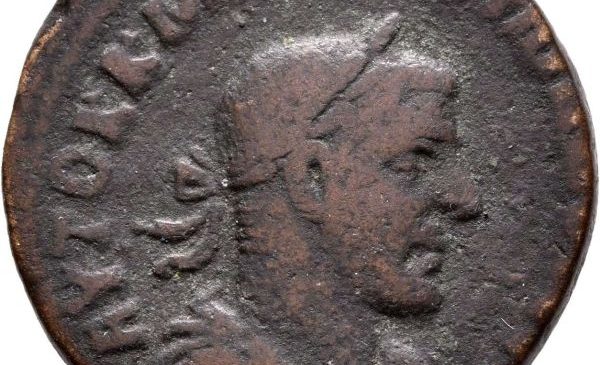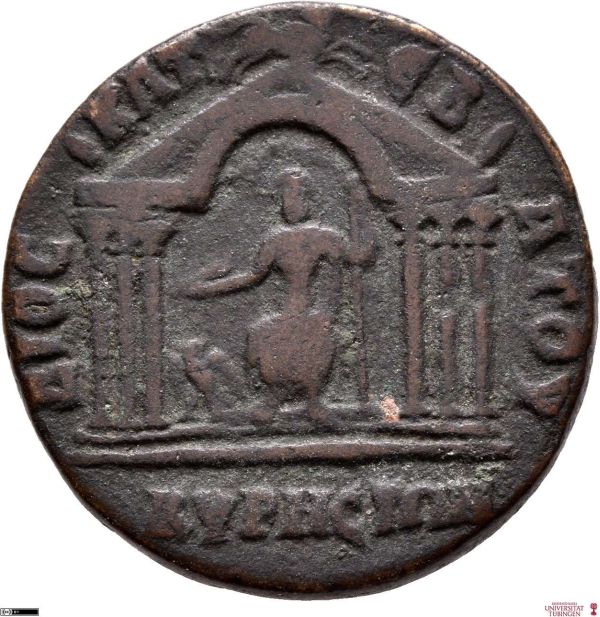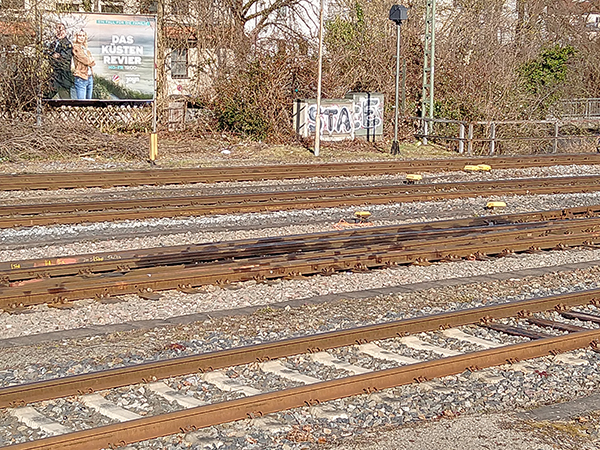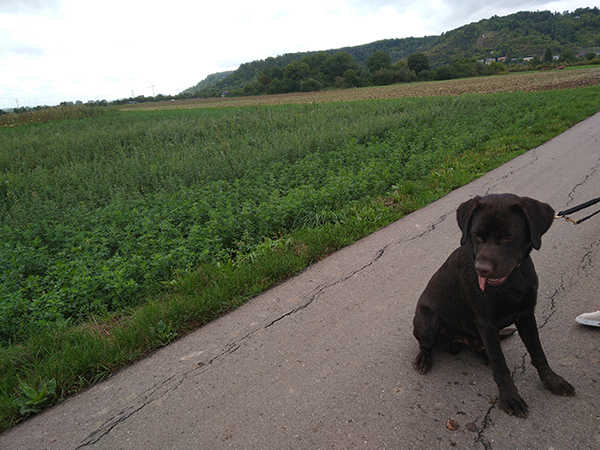By Leila Nouioua
A coin from the Tübingen coin collection comes from Cyrrhus, an ancient city whose ruins lie in what is now north-west Syria on the Afrin River. Like most of the coins from the eastern provinces of the Roman Empire, this one was made of bronze rather than precious metal. The coin has a diameter of 2.7 cm and weighs 14.72 g. The obverse shows the portrait of the Roman emperor Philippus Arabs (around 204 to 249 AD). He wears armour and over it a cloak gathered at the shoulder. On his head he wears a laurel wreath tied at the nape of his neck. The Greek transcription on the coin tells us his name. Philip had a direct connection to Syria through his local family background. The reverse of this coin also has a clear local reference: we see here the temple of Zeus Cataibates. The temple is framed on the front by six columns, which carry a so-called Syrian pediment. This pediment shape—recognisable by the round arch—is typical for the Syrian area. Although one might think that such a coinage depicts the actual appearance of the temple like a postcard, this is not the case. The depiction was left to the skill of the ancient die cutters who cut the die to mint the coin, and is not an accurate representation of the structure. Instead, the temple depicted was emblematic of the local city cult.

In the interior of this temple we see a seated cult statue of Zeus with a sceptre in his left hand. In Cyrrhus, a local version of Zeus was worshipped, the so-called Zeus “Cataibates”—“who descends (in lightning)”. This version of Zeus can be found in places where the god’s existence was observed by a lightning strike. In such cases, the sanctuary was built directly above the place where the lightning struck, in order to be particularly close to the worshipped god. This was also the case in Cyrrhus, and the city showed its pride with the sanctuary. The temple and the cult statue became the symbol of this Syrian city and had a recognition value for the ancient observers in the region. Unfortunately, nothing remains of the former temple today; therefore, the coin images are all the more important because they tell us about the importance of the former sanctuary for the ancient city and its inhabitants. Because each city depicted its own local characteristics, the coins give us a direct insight into a world that belonged to the Roman Empire but still retained its own identity.
The text was written in the winter semester 2021/22 at the Institute of Classical Archaeology at the University of Tübingen in the seminar “On the Coast and in the Desert. The Coins of Ancient Syria” taught by Professor Stefan Krmnicek. The course was dedicated to the extensive coinage of the ancient Syrian cities and their cultural, religious and political background. Selected results of the students’ seminar work will be presented in tünews INTERNATIONAL so that as many people as possible can share in the interesting findings.
tun22090601
www.tuenews.de
Bronzemünze aus Kyrrhos. Die Vorderseite zeigt das Portrait des Kaisers, die Rückseite zeigt einen Tempel des lokalen Stadtgotts (https://www.ikmk.uni-tuebingen.de/object?lang=de&id=ID7881). Foto: Stefan Krmnicek.
001570
001571




